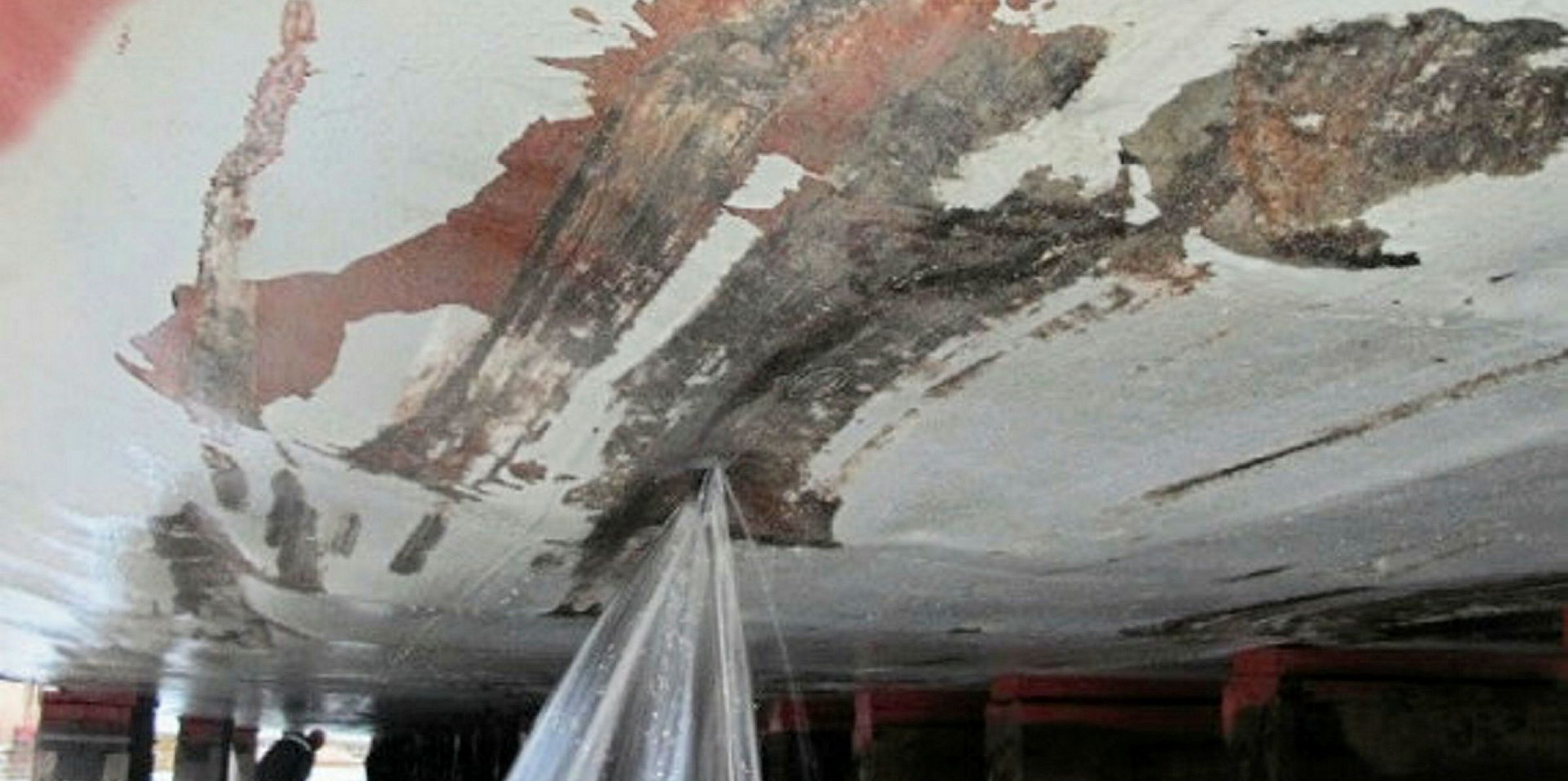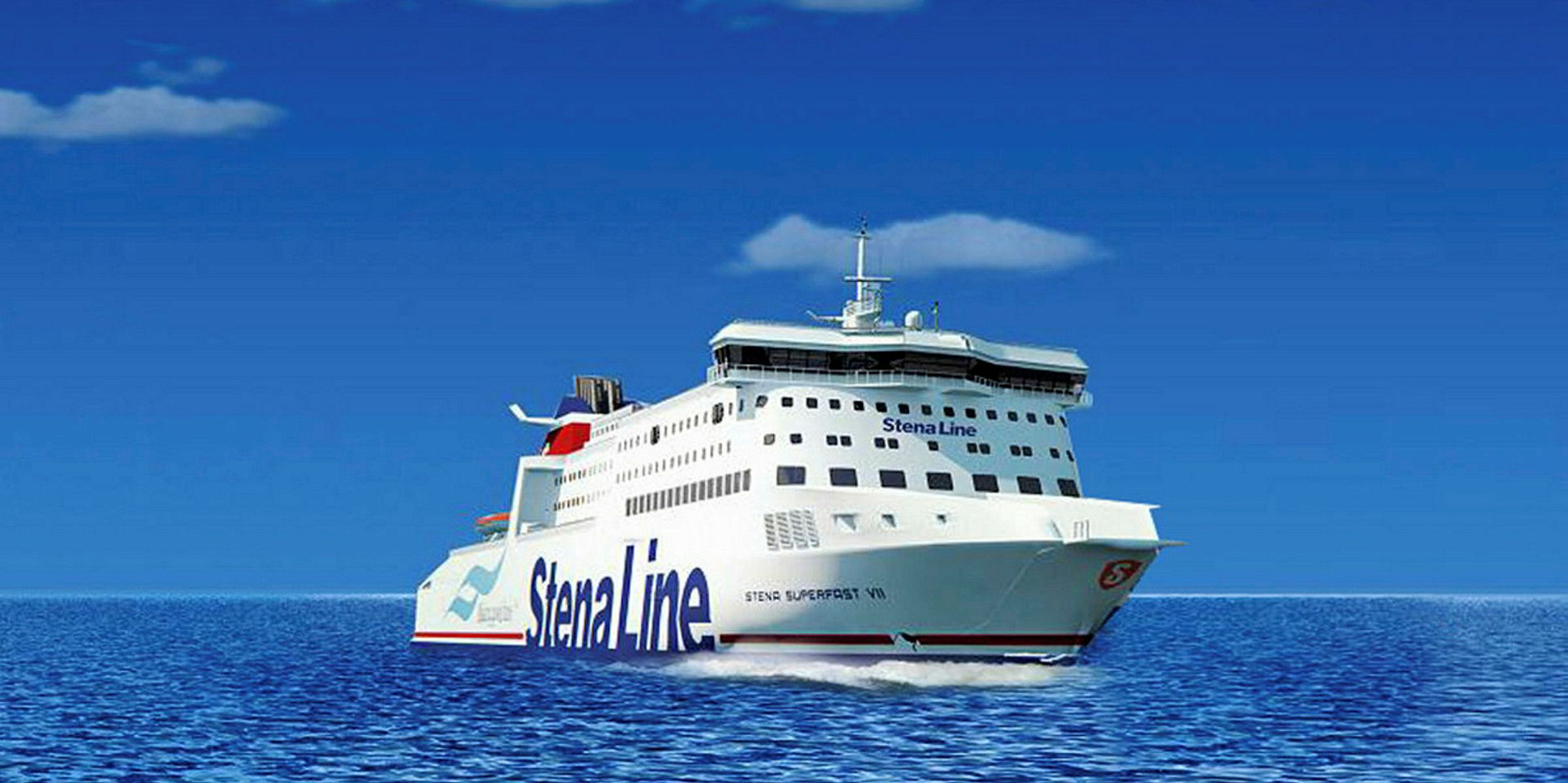A Russian general cargoship suffered extensive hull damage in a UK grounding after a pilot lost positional awareness, a report has found.
The Maritime Accident Investigation Branch (MAIB) said the 1,700-dwt Celtica Hav (built 1984) grounded on a training wall in the approach channel to the River Neath, Wales, on 27 March last year.
It was quickly refloated but suffered water ingress to several ballast tanks and flooding in the engine room.
The flooding was contained using the vessel’s bilge and ballast pumps, and submersible salvage pumps provided by the harbour authority.
There were no injuries or damage to the environment.
MAIB found that the pilot did not have full positional awareness when Celtica Hav left the dredged channel and did not fully appreciate the risk of grounding on the training wall.
A detailed pilotage plan had not been made by either the ship or the pilot, and the master/pilot exchange did not cover all hazards, including that posed by the training walls, it added.
It also said the vessel’s electronic navigation equipment was not adequately used to monitor the vessel’s position and assess its progress.
Recommendations have been made to manager HAV Ship Management NorRus and Neath Port Authority for them to improve the planning of pilotage and the quality of the master/pilot exchange.
Too close to the edge
The vessel had sailed from Liepaja in Latvia with 2,070 tonnes of anthracite bound for Briton Ferry wharf.
As it entered the channel, the pilot increased speed to half ahead and steered it toward the entrance of the approach channel, which was marked by red and green lateral buoys.
He steered the vessel inwards, maintaining a course that took Celtica Hav close to the starboard edge of the channel.
The ship then left the dredged channel and grounded on the training wall.
It scraped along the top of the wall for about 200 metres before coming to a stop in a position about 600m from the Monkstone light beacon.
MAIB said the bridge team were unaware of the hazard posed by the training walls, or that Celtica Hav had entered the channel at an earlier time than was prudent.
"The pilot’s decision to steer the vessel himself meant that the bridge team were not engaged with the pilotage process, and the functional capability of the available electronic navigation aids was not used," it added.
HAV Ship Management NorRus was recommended to review its safety management System regarding pilotage planning and to include more guidance on the importance of an effective exchange of information with the pilot, and position monitoring using electronic navigation aids.
In addition, it was asked to amend its pilotage checklist to include master/pilot exchange and comparison of pilotage plans.





